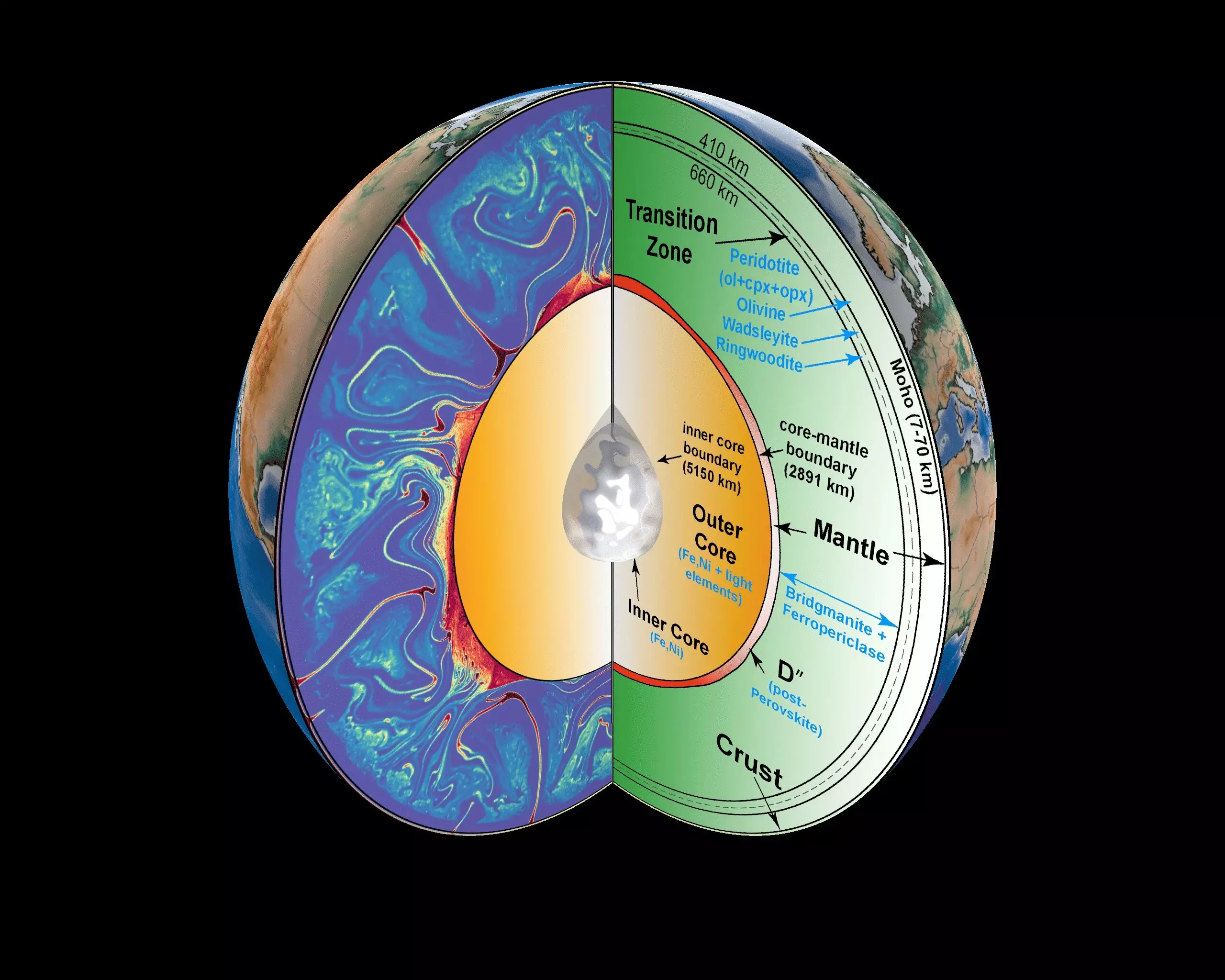Since the discovery of seismic signals known as PKP precursors, scientists have been baffled by the enigmatic nature of these signals. PKP waves, which return to the Earth’s surface at varying speeds after being scattered in the lower mantle, have long puzzled researchers. The mysterious origins of these precursor signals, which arrive ahead of the main seismic waves that travel through the Earth’s core, have remained unclear for decades. However, recent research led by University of Utah geophysicists has shed new light on this perplexing phenomenon.
The groundbreaking research conducted by University of Utah geophysicists has provided valuable insights into the origins of PKP precursors. According to the research published in AGU Advances, these precursor signals appear to propagate from deep regions below North America and the western Pacific. Furthermore, there is a possible association between PKP precursors and “ultra-low velocity zones,” thin layers in the mantle where seismic waves significantly slow down. Lead author Michael Thorne, a U associate professor of geology and geophysics, highlighted the significance of these findings by stating, “These are some of the most extreme features discovered on the planet. We legitimately do not know what they are.”
One of the key findings of the research is the potential connection between ultra-low velocity zones and hotspot volcanoes. Thorne suggested that these ultra-low velocity zones may be the root cause of whole mantle plumes that give rise to hotspot volcanoes. These plumes are responsible for the volcanism observed at various locations, including Yellowstone, the Hawaiian Islands, Samoa, Iceland, and the Galapagos Islands. Thorne’s team’s research also identified one of the world’s largest known ultra-low velocity zones, which sits beneath Samoa, a prominent hotspot volcano.
The study conducted by Thorne’s team utilized advanced seismic data analysis techniques to pinpoint the origins of PKP precursors. By analyzing data from 58 earthquakes that occurred around New Guinea and were recorded in North America, the researchers were able to model waveforms to detect crucial effects that had previously gone unnoticed. This innovative approach allowed them to determine that the scattering responsible for PKP precursors occurs along the core-mantle boundary, located 2,900 kilometers below Earth’s surface.
Thorne’s research has significant implications for our understanding of Earth’s dynamics and geological processes. The discovery that ultra-low velocity zones are not restricted to hotspot regions but are spread out across the core-mantle boundary beneath North America suggests that these zones are actively generated. Thorne hypothesized that these ultra-low velocity zones may be formed where subducted tectonic plates interact with the core-mantle boundary in oceanic crust, leading to the generation of these anomalous seismic features.
The research conducted by Thorne and his team opens up new avenues for future investigations into the complex interactions between seismic energy, ultra-low velocity zones, and hotspot volcanoes. Determining the mechanisms responsible for the generation and propagation of these seismic anomalies will require further research and exploration. As Thorne stated, “Determining the consequences of such a process will have to wait for future research.” This highlights the ongoing quest to unravel the mysteries of Earth’s deep interior and the seismic signals that traverse through it.


Leave a Reply